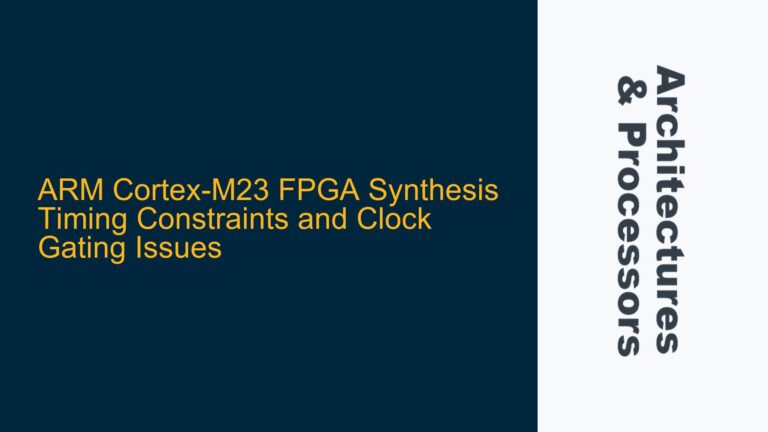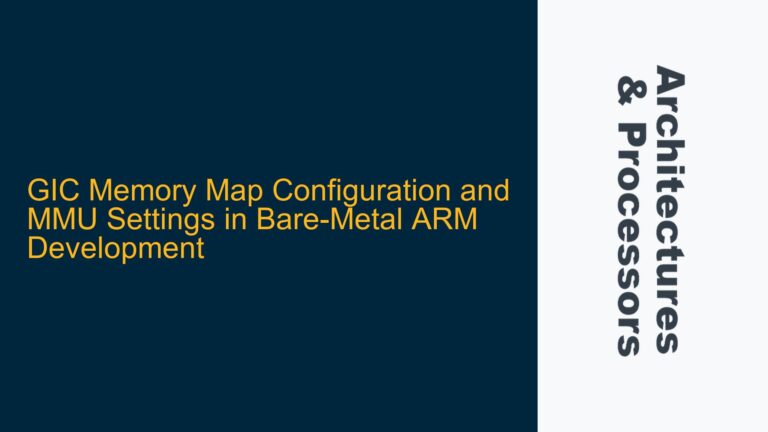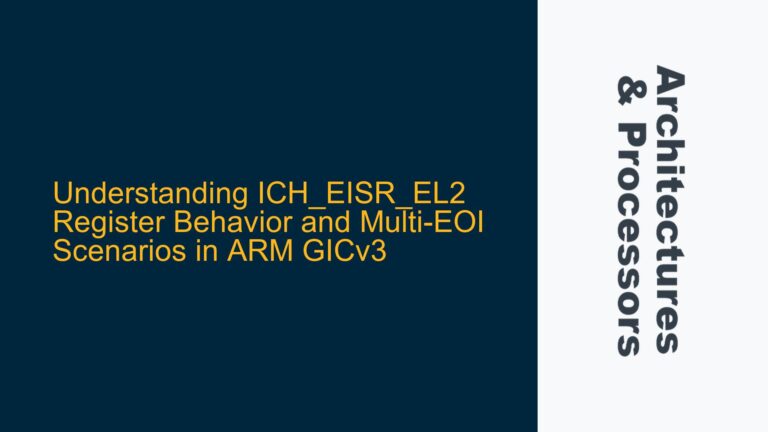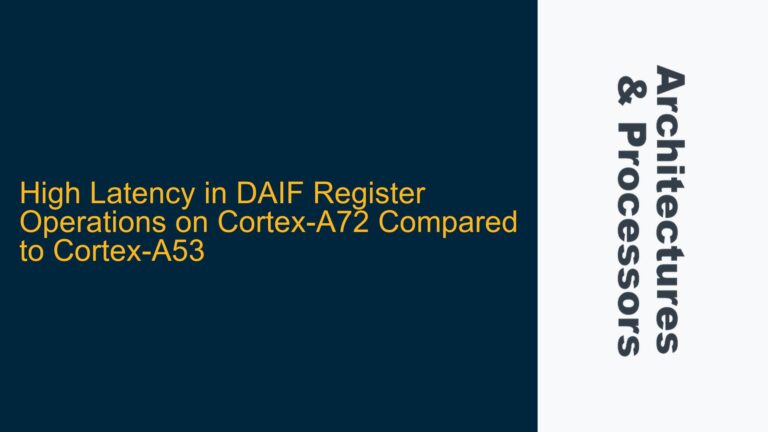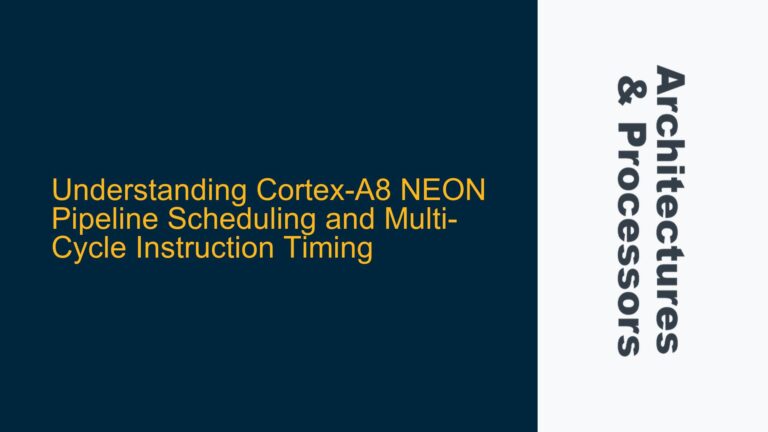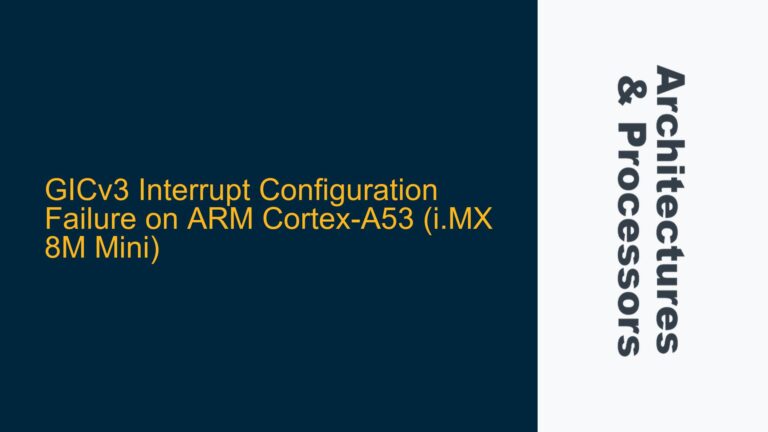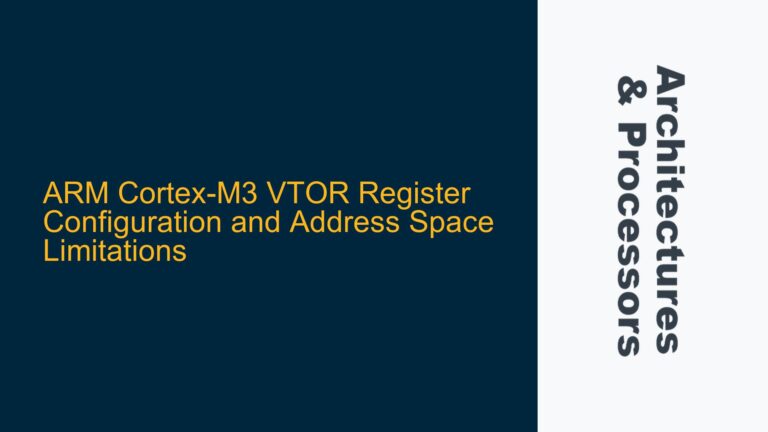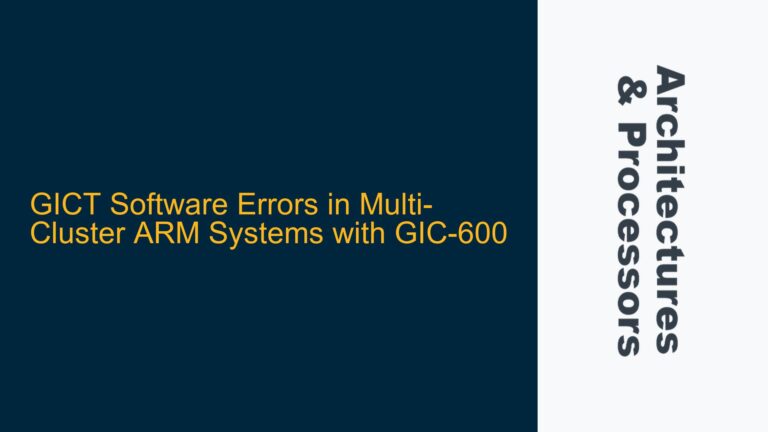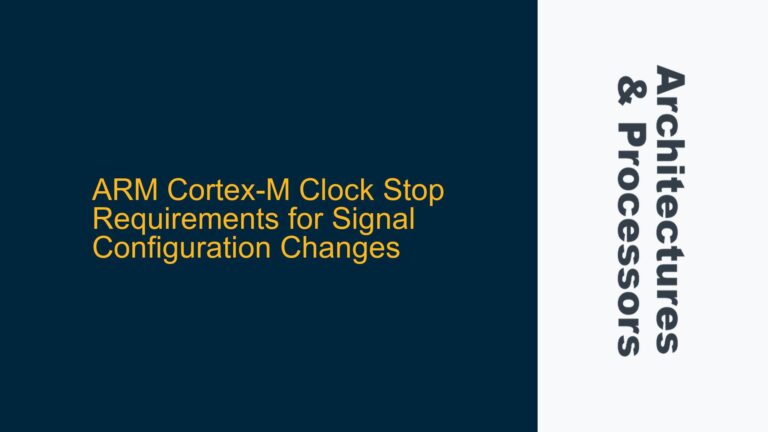ARM Cortex-M23 FPGA Synthesis Timing Constraints and Clock Gating Issues
ARM Cortex-M23 Timing Constraints and Clock Gating Challenges in FPGA Synthesis When implementing an ARM Cortex-M23 core on an FPGA platform such as the Xilinx VCU118 board, meeting timing constraints at higher clock frequencies can be a significant challenge. The Cortex-M23, being a low-power, area-optimized processor, is designed for embedded applications where power efficiency and…
